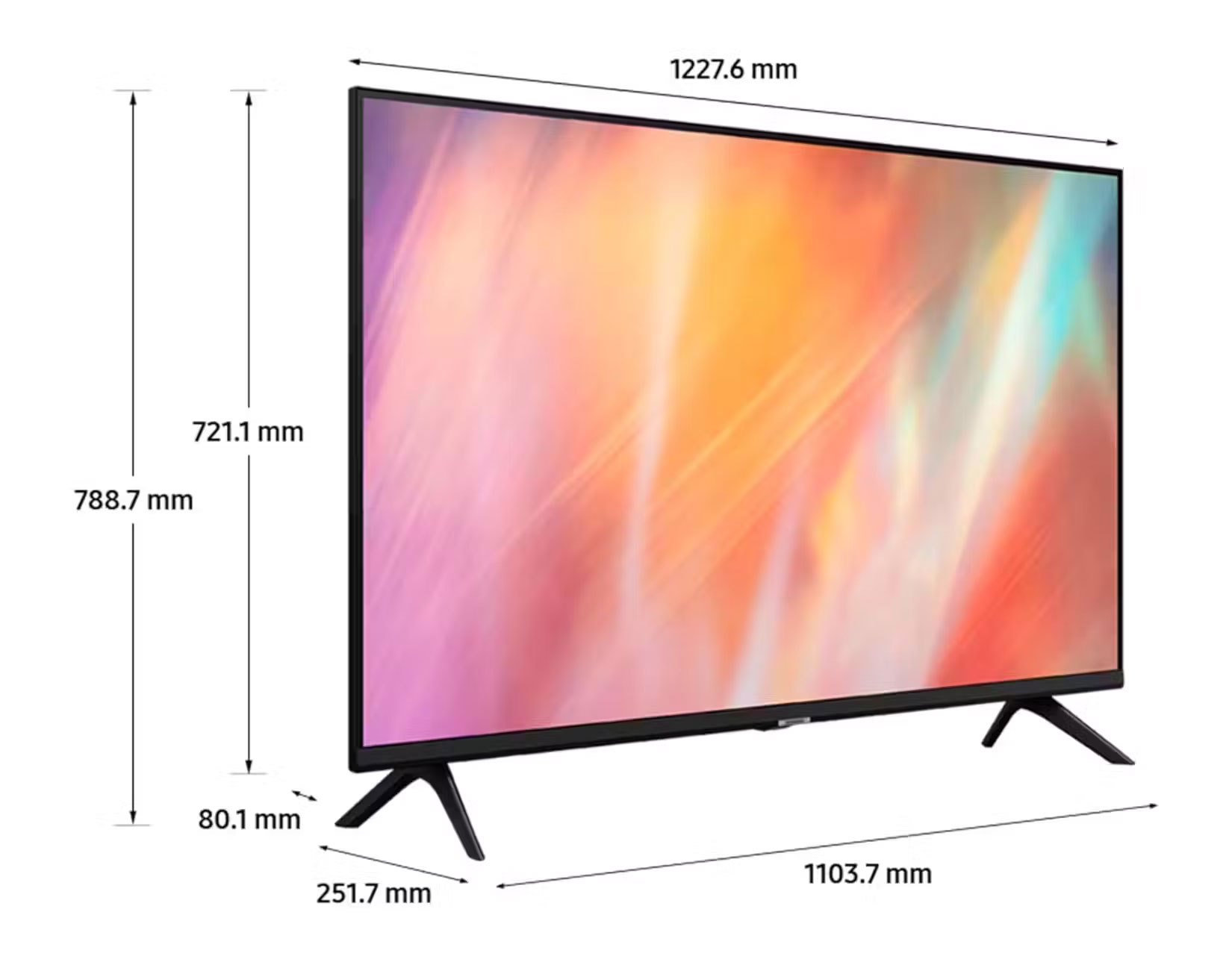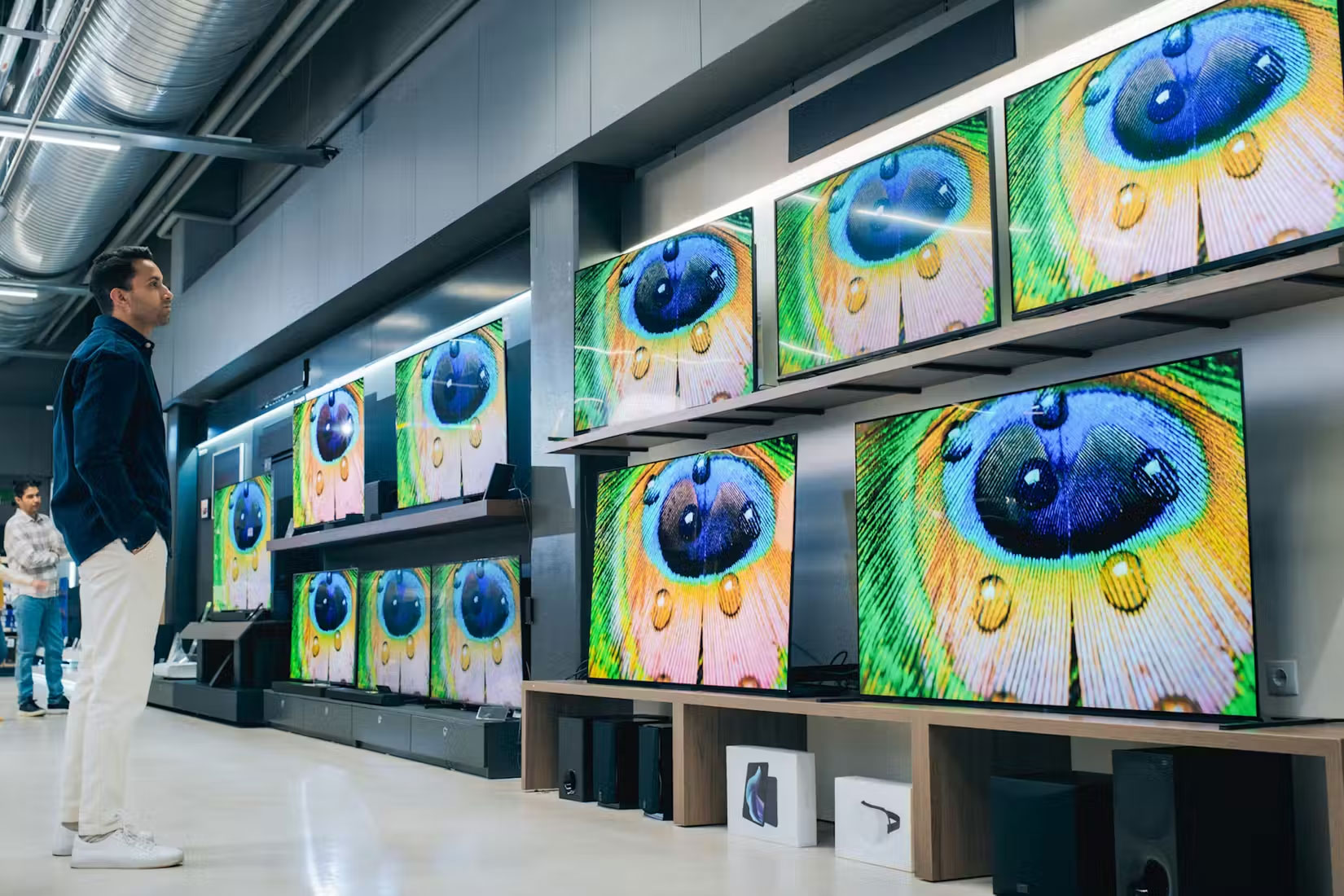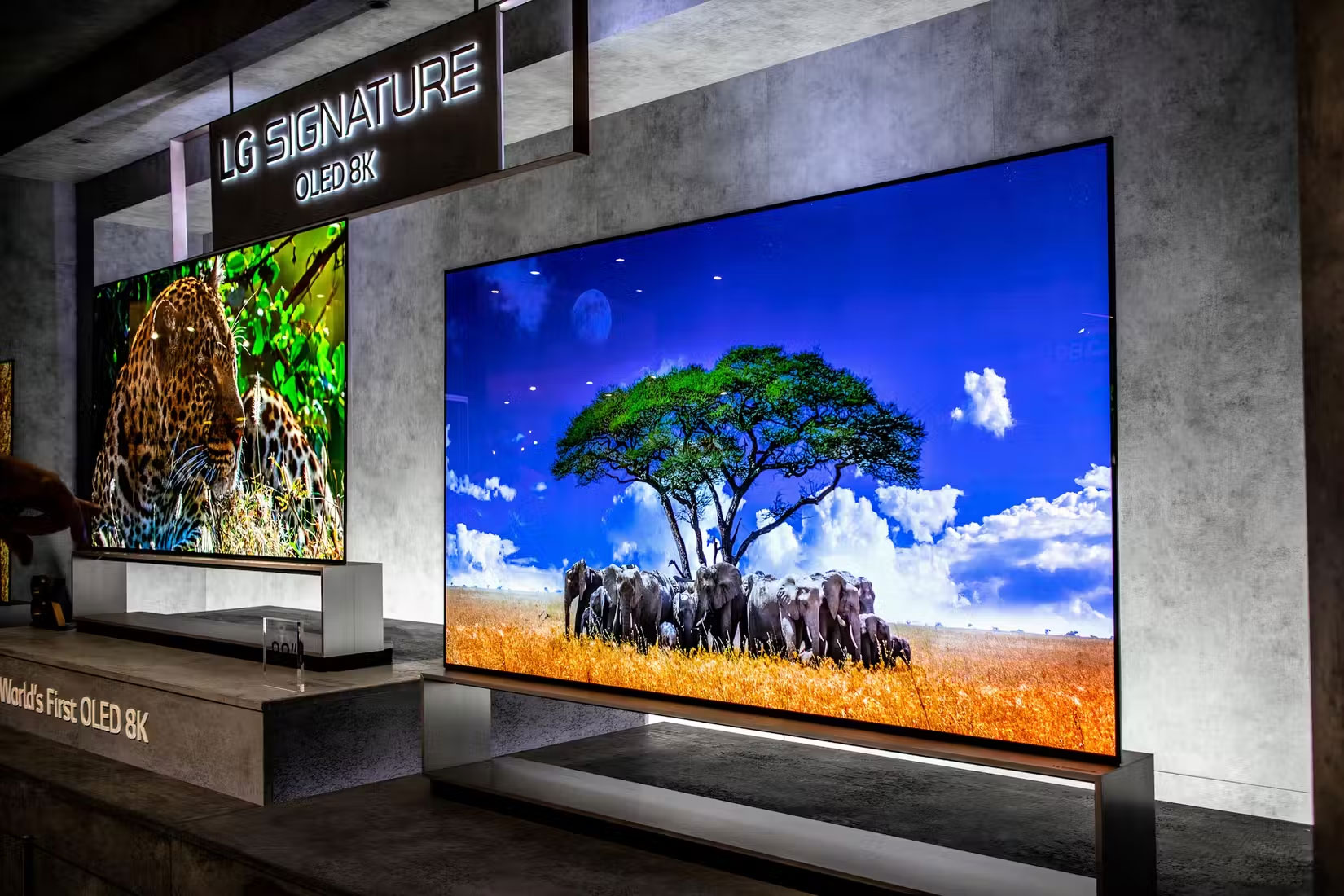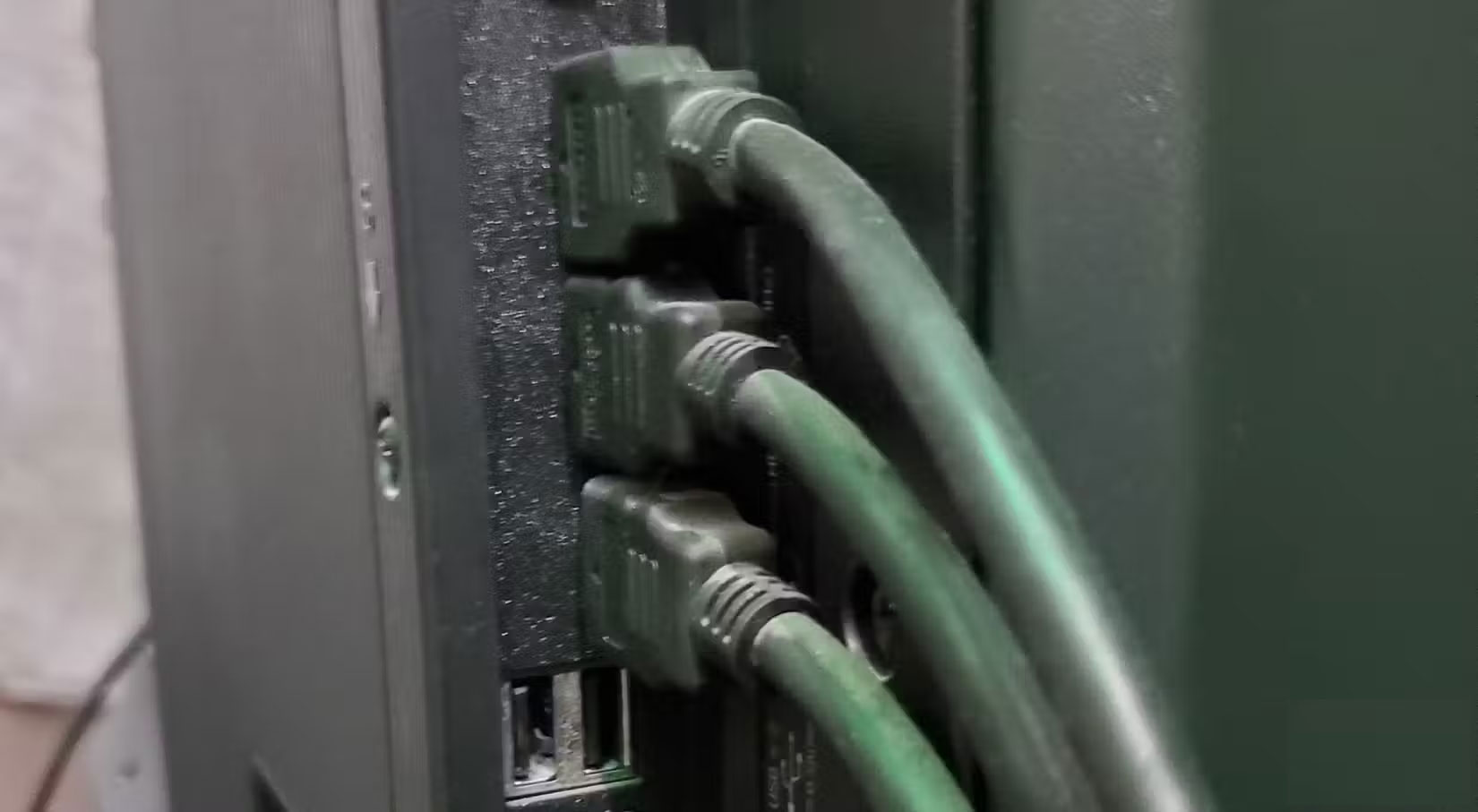7 Most Important Specifications to Check Before Buying a Smart TV
Most TV options available today are smart. However, not all smart TVs are created equal.
1. Screen size
This is usually the first specification any TV buyer should consider. Don't rush into buying the biggest TV you can afford. First, consider the space where you'll be placing your TV. Measure the stand or stand where you'll be placing your TV and double-check the specifications to see if it will fit.

On the other hand, you don't want to choose one that's too small, as it can make your TV setup less appealing. So it's best to find the ideal placement based on the available space and your viewing distance. According to the Society of Motion Picture and Television Engineers, the perfect screen size is one that fills at least 30 degrees of your field of view.
To make the calculation easier, most publications recommend multiplying your viewing distance (i.e. the distance between where you'll place the TV and where you'll sit) by 0.625. For example, let's say you have a TV at the foot of your bed. If you typically watch and play games on your TV while leaning against the headboard, your viewing distance would be about 2.3m (90 inches). Multiplying that distance by 0.625 gives you 56.25. This makes a 55-inch TV the ideal size.
2. Resolution

Most TVs today offer 1080p (for screens 40 inches or smaller) or 4K resolution. Some options offer 8K resolution, but you probably don't need that kind of quality unless you have a huge TV that you like to look at up close and personal.
If you can't decide, RTINGs has published a chart showing the optimal resolution based on your TV screen size and optimal viewing distance. As a general rule, you shouldn't go below 1080p or Full HD when choosing a TV. And if you want a screen size larger than 40 inches, there's nothing wrong with going with 4K resolution.
If money is no object, you might want to get an 8K smart TV. However, this can get expensive, as the 75-inch Samsung Neo QLED 8K TV is currently priced at nearly $2,300 on Amazon. Plus, there isn't much content optimized for this resolution, so you won't be able to take full advantage of it right now.
3. Screen type

In the past, the only choice when buying a TV was the CRT. However, with the advent of plasma and LCD TVs, consumers now have more choices and things have become confusing. Today, there are three main types of TV screens - LED, QLED and OLED.
LED TVs are simply LCD TVs that use LEDs instead of fluorescent lights as their backlight. This makes them the oldest type of display in widespread use, and they're also often the cheapest option. If you're not a visual whiz, LED TVs will suit most of your needs.
OLED TVs, on the other hand, are known for their excellent color accuracy and inky blacks. For this reason, they are often the most expensive TVs on the market. However, they also have one major drawback – OLED TVs are not as bright as LED and QLED TVs, so you should place them in a room where you can control the light levels.
QLEDs are a great compromise between OLED and LED TVs. They are brighter than OLED TVs, but may not be as vibrant. On the other hand, they have better color quality than LED TVs, but they are also more expensive. This makes QLED TVs a great choice for TVs in areas with lots of windows, like your living room.
Other technologies, like QNED TVs and QD-OLEDs, offer the brightness of QLED TVs and the color accuracy of OLED TVs. However, these tend to be the most expensive options, as they often offer the best picture quality money can buy.
4. HDR compatibility

Many movies and TV shows now support HDR, so you'll want a TV that supports HDR. However, you shouldn't buy just any monitor that says HDR on the box, instead look for one with official logos and branding. For example, you can look for the DisplayHDR label, which is a certification that VESA gives to monitor manufacturers if they meet strict HDR guidelines.
Additionally, you can look for standards like Dolby Vision, HDR10, or HLG, which have appropriate HDR processing modes.
5. Connection

Most smart TVs offer a variety of physical and wireless ports for connecting devices, and most have at least one HDMI port. However, you'll want one with at least two or three ports, especially if you plan on connecting multiple devices, such as a media PC and a game console. You should also check to see if the TV has the proper speaker connections for use with a soundbar or surround-sound home entertainment system.
6. Refresh rate
The refresh rate tells you how often your TV displays a new image on the screen every second. Most smart TVs today offer at least 60 frames per second (FPS), but if you plan on playing games on it, you'll want one with at least 120 FPS.
7. Operating system
Smart TVs are computers in their own right. As such, they need an operating system – just like a computer needs Windows or macOS. If you primarily use Android, you'll want a smart TV running Google TV, as that will give you the most seamless experience.
 How to transfer data between 2 Google Drive accounts
How to transfer data between 2 Google Drive accounts 8 iPhone Camera Features Android Phones Need to Learn
8 iPhone Camera Features Android Phones Need to Learn How to increase music and video volume without distorting the sound
How to increase music and video volume without distorting the sound Microsoft Paint gets Generative AI tools
Microsoft Paint gets Generative AI tools Apple's new smart display could launch in 2025
Apple's new smart display could launch in 2025 What is Gamma AI?
What is Gamma AI?